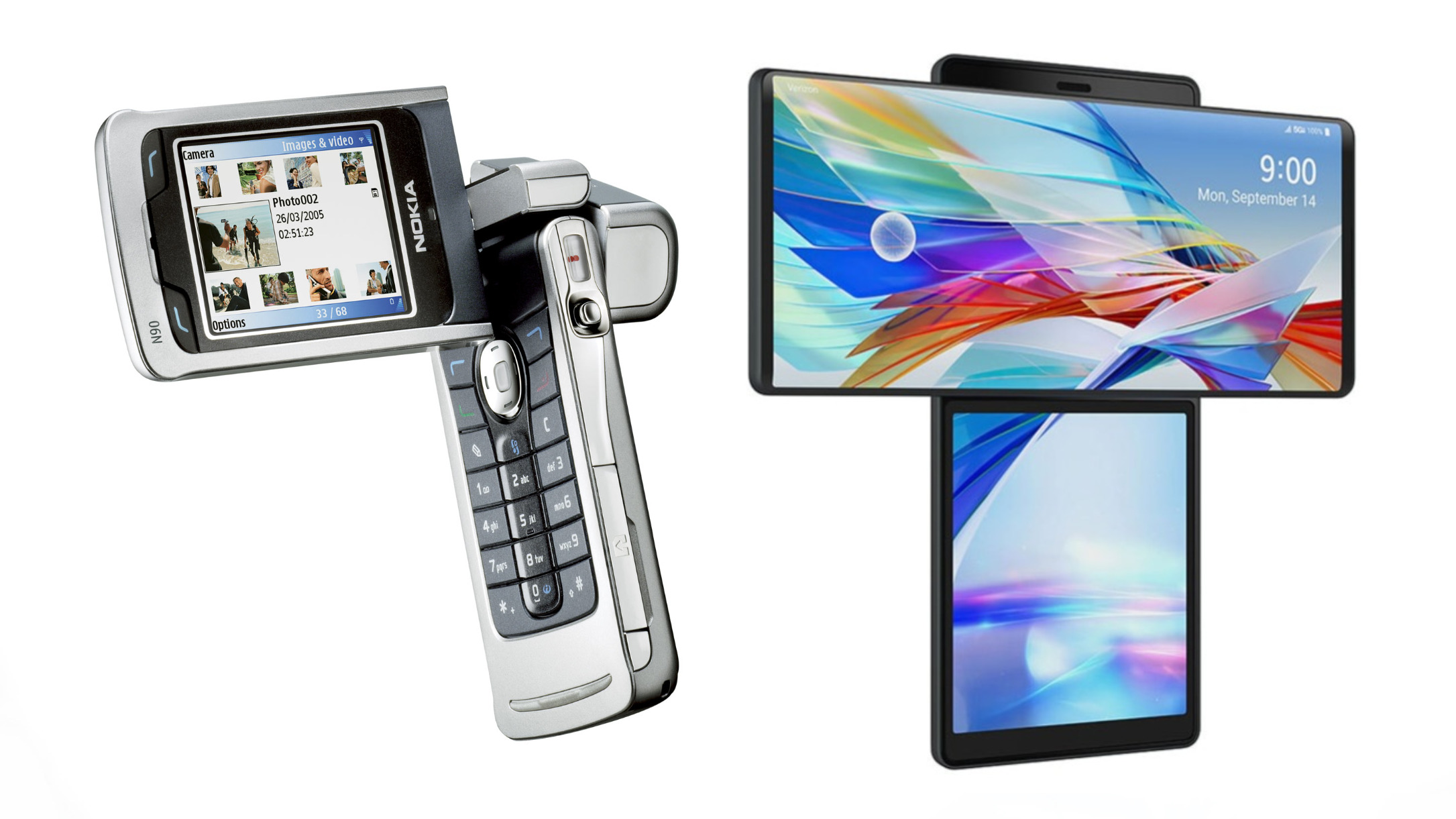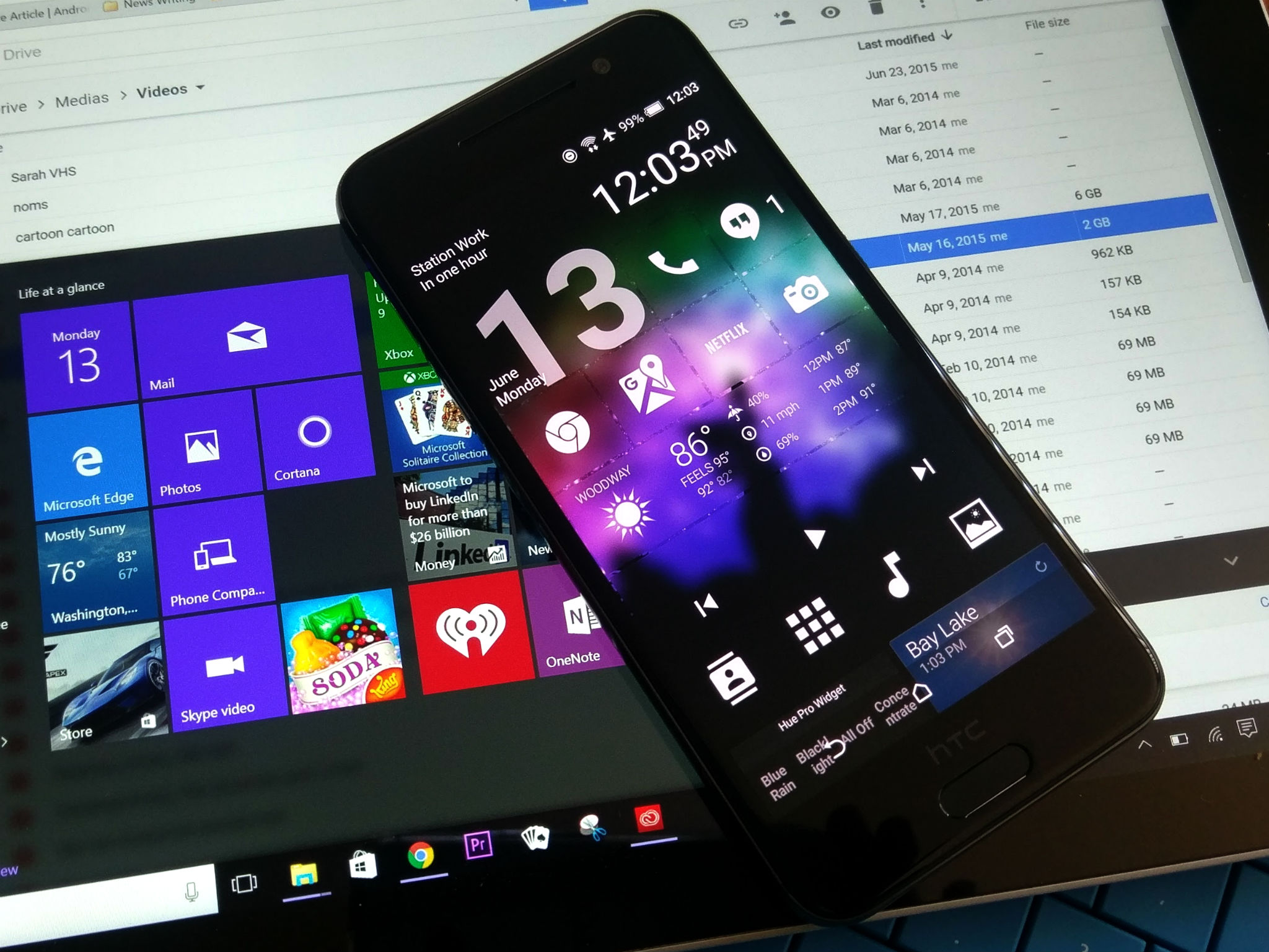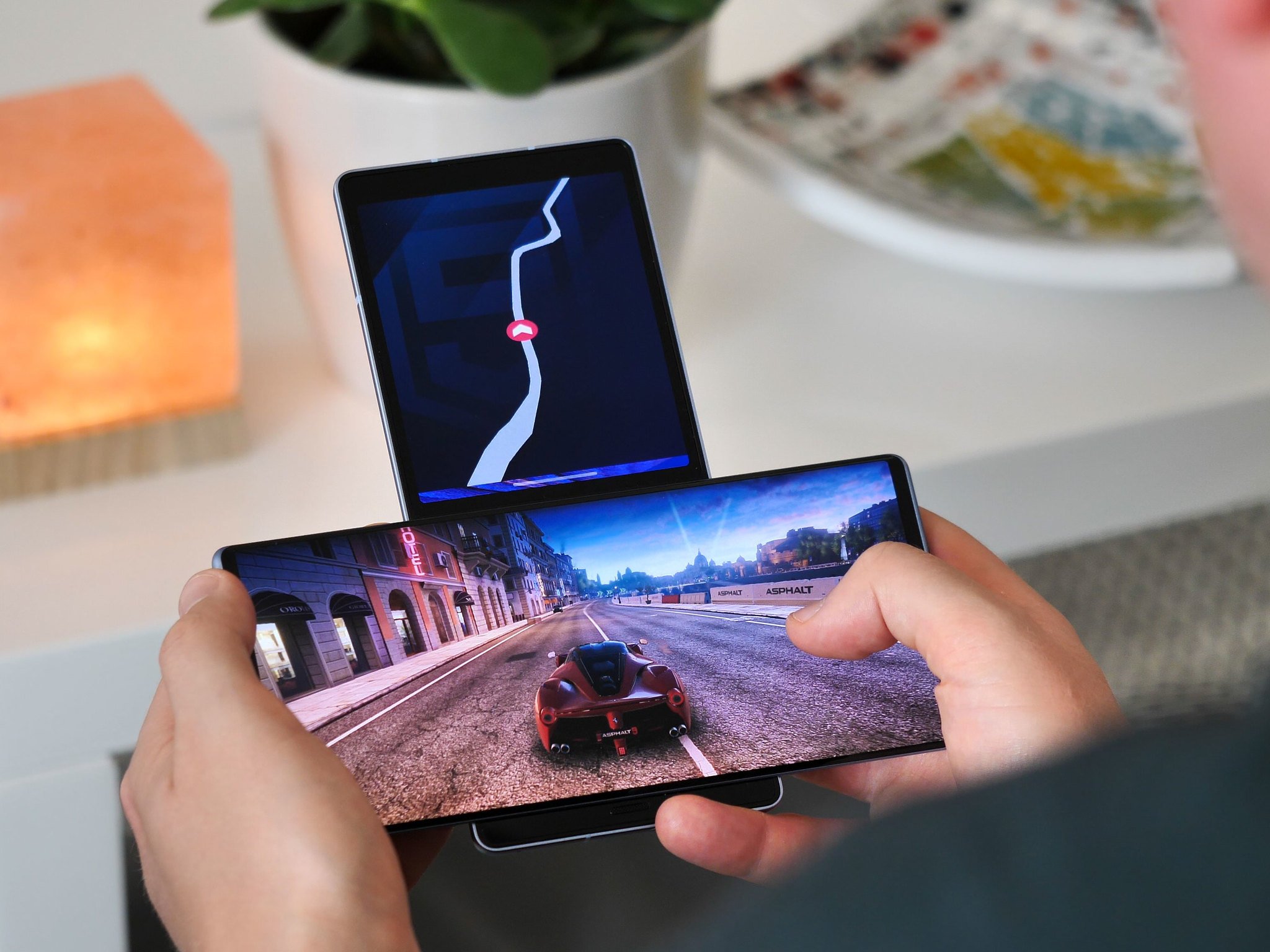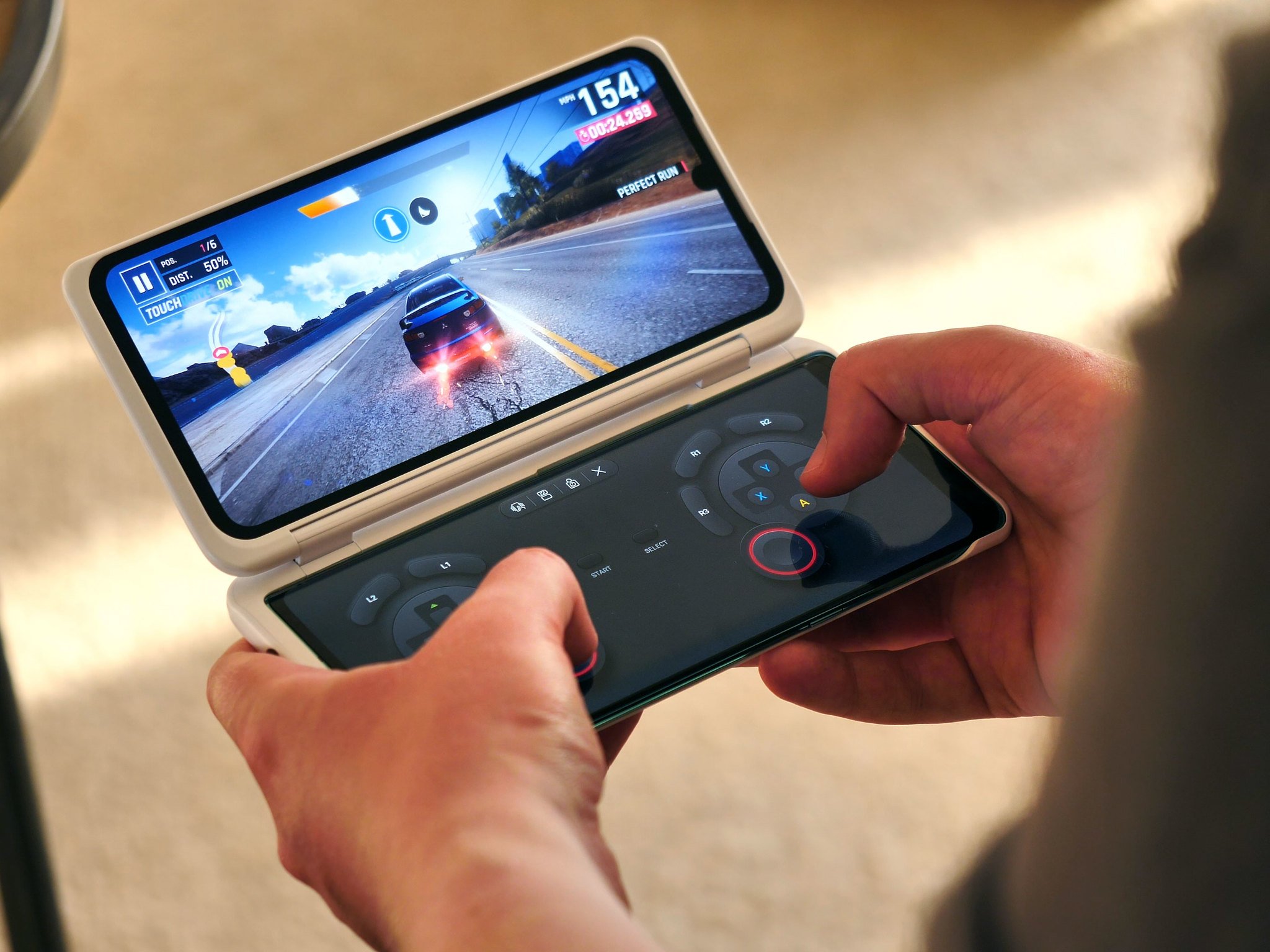Nokia and LG made phones interesting, but now I'm just bored
Smartphones are awesome, but they're also boring.

Do you remember when you first became interested in mobile phones? I do. I was 12 years old, and Nokia was at the top of its game. Smartphones weren't really a thing back then, but the cell phones that were coming out were exciting, coming in all different types of form factors. But with the advent of more advanced smartphones, things have actually become pretty dull, and I'm at a point where smartphones aren't really all that exciting to me anymore.
If you look around at the best Android phones, they all look the same. There's nothing really wrong with that, but it makes me miss "the old days" when manufacturers actually dared to do something out of the box.
It all started with Nokia for me

I got my very first cell phone when I was 11, and it wasn't really anything exciting either, to be honest. It was a standard bar phone made by Kyocera. But this was during a time when the sidekick was the hot new thing, thanks to its rotating display that revealed a full qwerty keyboard. It was such a cool phone, and it seemed like everyone had to have one — also, you had to be on T-Mobile to get it in the U.S. There was also the Motorola Razr, which pushed the boundaries of how thin you could make a phone at the time.
Both of those phones were cool, and they did catch my attention. But what really started my interest in phones was Nokia. Specifically, it was the Nokia N90 (above), among the first of the company's iconic N-Series phones. It's such a unique design thanks to its 270° swivel display that lets you handle the phone like a camcorder. The camera itself also swiveled so that you could capture different angles with ease. It was a 2MP camera sensor, which was pretty impressive for the time. You can essentially use the phone in four different modes, which, to 13-year-old Derrek, made it more than just a phone — it was the pinnacle of cell phone design at the time.
That phone was eventually followed up with equally impressive devices like the Nokia N93i, which was just weird enough to be given a cameo appearance in the first Transformers movie.
This is what started my obsession. While other kids were going to the mall to shop for clothes, watch movies, and play video games, I went to the mall to visit the Nokia Experience Center. This large kiosk put Nokia's most exciting phones on display. And there was more than just the N-Series — there was the Nokia 7280 "lipstick phone," the Nokia 7373 with its fashion-forward design and swivel display. And, of course, we can't forget about the iconic N-Gage. There were so many different unique designs, and even though some of them didn't make any sense to me, I was so fascinated — and frankly excited — by all of them.
Of course, this was a time when other mobile phone OEMs were trying out different and unique form factors as well, but to me, no one did it as well as Nokia.
Get the latest news from Android Central, your trusted companion in the world of Android
The loss of Windows Phone was a loss for us all

Stepping away from hardware for a bit, I can't remember being more excited about an operating system than I was with Windows Phone. Sure it had its share of problems, and Microsoft had a couple of false starts, but the platform was a fresh take on a mobile OS that was meant to somewhat mirror the experience of Windows 8 at the time.
Before iOS and Android decided that widgets were a thing users cared about, Windows Phone put that experience front and center. Its tile interface was slick and constantly animated with glanceable information. Windows Phone felt alive and interesting, which makes it no surprise that Nokia (unfortunately) bet its future on the platform. In comparison, Android and iOS feel pretty static and, frankly... dull.
When it comes to OS, it just kind of feels like we've settled into a two-horse race.
Don't get me wrong, both OSes do what they do, and they do it well. But widgets are still an afterthought, and on the surface, both OSes feel essentially the same, even if one is just a bit more polished than the other. It just kind of feels like we've settled, and we're stuck in a two-horse race as a result.
I don't think I'll ever get over the loss of Windows Phone, and that's probably why I still hold onto my Lumia 950 — just to remember the good ol' days.
LG tried to keep things weird

Of course, we all know how Nokia's story went down with Microsoft, and we don't really need to revisit that. But at a time when Nokia and Windows Phone were no longer around, I needed to find the next interesting thing. That's what brought me to LG.
The LG V10 was an interesting phone because it had a rugged chassis and a unique second screen that could display extra information such as notifications, favorite apps, or simply your name. It was the first example of LG's "second screen" that we wouldn't see return in another hardware form until years later.
Then there was the LG G5 with its modular design. Yes, it wasn't the best implementation (something Motorola seemed to do a much better job at), but I remember absolutely loving the swappable bottom that would let me switch out batteries and attach various accessories depending on what I needed. Despite its shortcomings, I would show it off to all my friends, and the phone was definitely a head-turner.
Things calmed down for LG for a bit with the LG G8 and its weird hand gestures but started to pick up again with the reintroduction of the "second screen" on the LG V50, V60, and eventually the LG Velvet. With each iteration of the dual-display add-on, LG was refining its version of a foldable by making the dual-screen functionality optional, seemingly content not to follow Samsung's direction of actual folding displays.
LG bowed out with a bang after releasing the quite interesting LG Wing, which is technically a dual-screen phone with a swivel. It was LG's last "flagship" and probably the last smartphone I was excited to own. Even to this day, I still keep it around and show it off to anyone who'll look, and most people are still intrigued by its unique approach to a dual-screen smartphone.
I'm bummed LG had to die before giving us the Rollable phone. After all, the company had just kicked off its experimental "Explorer Project" unit, which would likely bring us more weirdness.
Samsung is making foldables mainstream... and boring

After LG and Nokia lost their way, things have never been the same. Or maybe they are the same, and that's where my problem lies. Most smartphone releases lately have consisted of the same large-screen slabs with big camera stoves on the back. Sure, a phone will get a built-in stylus or maybe an under-display camera, but I can't remember the last time I was really excited about a phone.
Things have taken an interesting turn with foldables and dual-screen phones taking off, but even those quickly lost their luster, at least for me. Not one of these devices has made me scream,"Take my money!" Don't get me wrong, foldables are pretty cool and they seem like the next logical step for smartphones, but Samsung's crusade to make them mainstream makes them much less interesting to me.
I've seen people rocking Galaxy Z Flip 3 pretty much everywhere now, so it seems like the company's strategy is working. Now more companies are launching foldables, both big and small, which is a great way to bring costs down and get them into more hands. However, it already seems like they're all following Samsung's example and design language, as noted by recent Motorola Razr 3 leaks, and nothing is really standing out anymore. Even the Galaxy Z Flip 4 looks like it'll sport more or less an identical design to its predecessor. Pass.
So what now?
Call it the ramblings of a former Nokia and LG fanboy, but I just feel like companies are afraid to get weird with their smartphones. On the one hand, I don't blame them. After all, companies don't want to waste money on a product that could be polarizing and not sell well and risk ending up like LG or Nokia. But it makes me really miss the days of Nokia at its peak when phones would flip and swivel in all sorts of ways.
We've seen companies like Samsung and TCL show off very interesting concept devices, such as multi-fold and sliding phones, but as much teasing as we get of these devices over the past year or so, companies are still afraid to just bring them to market. No one wants to be weird.
I guess, for now, I'll just have to continue reminiscing with Mr.Mobile's "When phones were fun" video series.

Derrek is the managing editor of Android Central, helping to guide the site's editorial content and direction to reach and resonate with readers, old and new, who are just as passionate about tech as we are. He's been obsessed with mobile technology since he was 12, when he discovered the Nokia N90, and his love of flip phones and new form factors continues to this day. As a fitness enthusiast, he has always been curious about the intersection of tech and fitness. When he's not working, he's probably working out.

